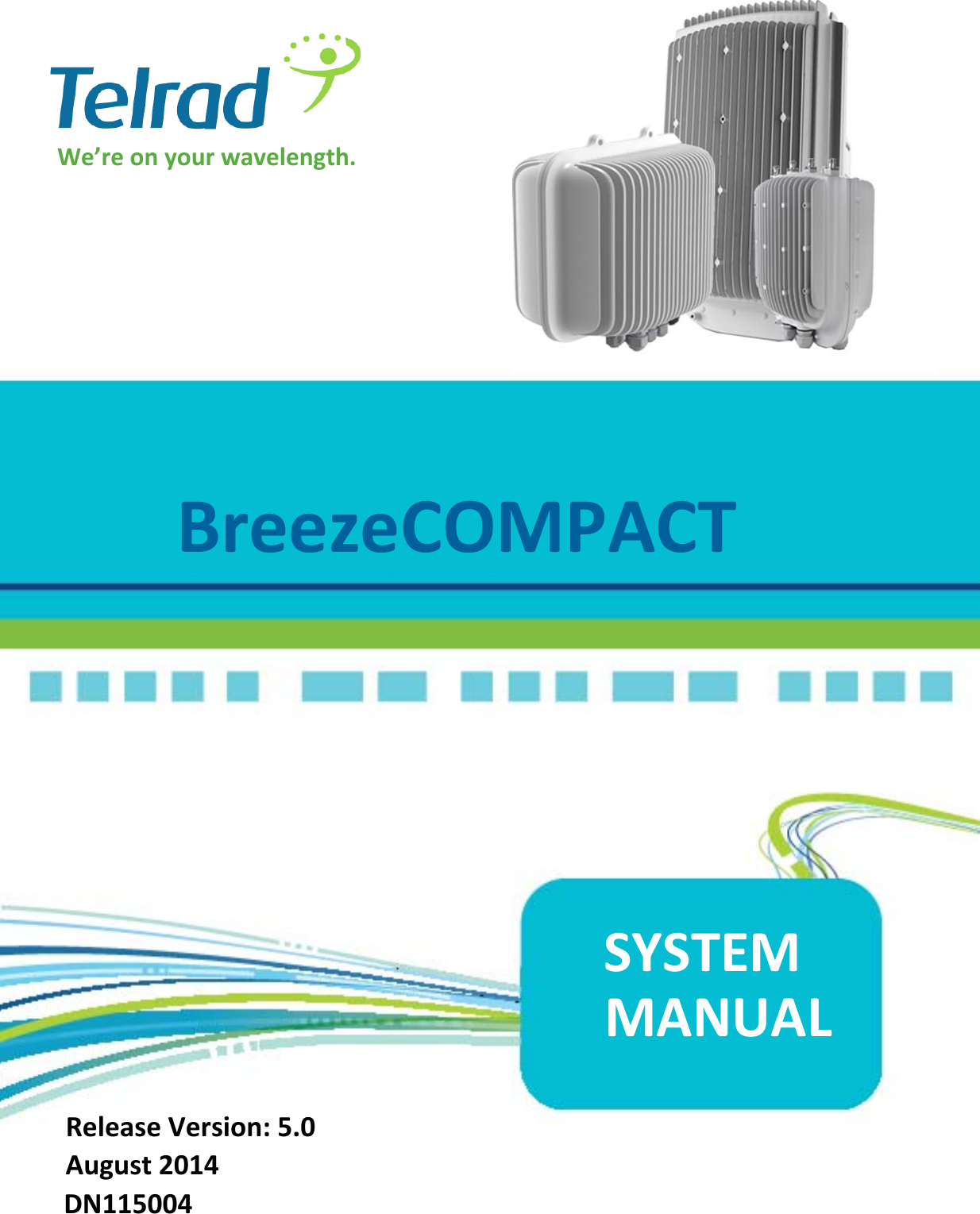Telrad Installation Manual

Paul Carrack Greatest Hits. Company Seven Telrad, Inc. Telrad Sight for Telescopes Notes & Interesting Articles TELRAD SIGHT Above: Telrad Sight with furnished Quick Release Platform - viewed from right rear. Note three control knobs at rear for adjustment of reticle pattern onto display window and on the right side at the rear is the on-off and brightness adjust dial lever (97,541 bytes) The Telrad is a one power (1X) sight that was originally designed for installation onto astronomical telescopes as an aid to locating deep sky wonders at night.
While it was not developed as a tool for daytime use some of our customers have adapted the Telrad sight for uses we never anticipated, for example many stage lighting technicians adopted the Telrad to help them point spot lights in the theatre. The Telrad can be employed as the sole or primary sight of a telescope to help you 'star hop' using visible stars to find and center objects that would be invisible to the naked eye or in other small finder telescopes. Or, you may choose to use a Telrad in combination with a second conventional magnifying finder telescope. The Telrad is the innovative, dominant choice of finder sights by the amateur astronomy community, and it is not uncommon to find a Telrad on professional observatory telescopes too! It is a particular favorite among experienced amateurs using deep sky telescopes (particularly our larger 'Dobson' style telescopes) where aperture and the ability to find faint deep sky objects are concerns; these include our and other fine Dobsonians by Obsession and Star Master. The Telrad is often the choice to replace economical finders sights provided on telescopes such as the model,, and.
Most of the big telescopes found at any get-together will probably have a Telrad on it. However, because of the Telrad's ungainly appearance and moderate bulk the Telrad is not generally selected for use on smaller, fork mounted telescopes such as the, Maksutov-Cassegrain, or fork mounted Schmidt-Cassegrain, or compact 70mm to 105mm aperture Achromatic and Apochromatic refractor telescopes such as those we offer by and. Customers who do not need the larger field of view of the Telrad, and seek a more compact sight for use with smaller telescopes may wish to consider our. History: The beginnings of Telrad, Inc. Originate in the late 1970's when Steve Kufeld of Huntington beach, California came up with the economical sight to help amateur (and professional) astronomers find their way across the night sky. Steve based the Telrad concept on World War II vintage bombsight technology; he simply came up with a new application for it.
System Manual Telrad Tenecss Inc. This Issue 1 of the emaGEN System Manual is for internal use. 3.21 INSTALLATION INSTRUCTIONS FOR. Dual Mode CPE User Manual 5 About this Guide This document provides information and procedures on the installation and configuration of Telrad LTE/WiMAX Indoor CPE. Telrad Networks offers next-generation 4G LTE solutions, WiMAX to LTE migration, and reliable, robust RAN base stations & CPE to fit any deployment scenario.
By the late 1970's Steve had arrived at a prototype. Steve originally made the Telrad body using urethane models from which he cast the body in aluminum. Soon afterwards, an ABS plastic injection mold was made. Since about 1982 this is the basic form of the Telrad which would not be altered to the present day. And since then Telrad has found better ways to make the sight, increased production volumes and improving economy of scale, and so the cost of the sight has remained the same! Telrad Arrangement: The Telrad sight is composed of two components: 1) Sight, and 2) Base.
The Sight houses the power supply (two 'AA' batteries), an on off rotary switch which also can vary the brightness of the display, a red L.E.D. Lamp, the Telrad reticle, a mirror to divert the light up towards the 45 degree inclined display window, and a lens to bring the image of the reticle to focus on the window. Left: Telrad sight reticle pattern projection arrangement (not to scale): 1. Red L.E.D., 2. Telrad reticle, 3. Adjustable tilt flat mirror, 4.
Focusing lens, 5. Display window inclined at 45 degrees shown with simulated projected reticle. (6,999 bytes). The Telrad optical arrangement is simple, and yet reliable. It provides that the Telrad's distinct pattern, adjustable in brightness, will be projected by a long life red Light Emitting Diode onto the display window. When the window is viewed from the observers vantage point then the pattern will appear to float, apparently suspended in front of the stars or other objects in the background.
The Telrad sight is delivered from Company Seven with the reticle pattern focused onto the window. The focus is factory set by the adjusting the spacing between the L.E.D./reticle assembly and the focusing lens. And reticle assembly are cemented into place within the Telrad housing. One must use care when installing or removing the two 'AA' batteries (optional - not included with the Telrad) not to dislodge the L.E.D. Reticle assembly.